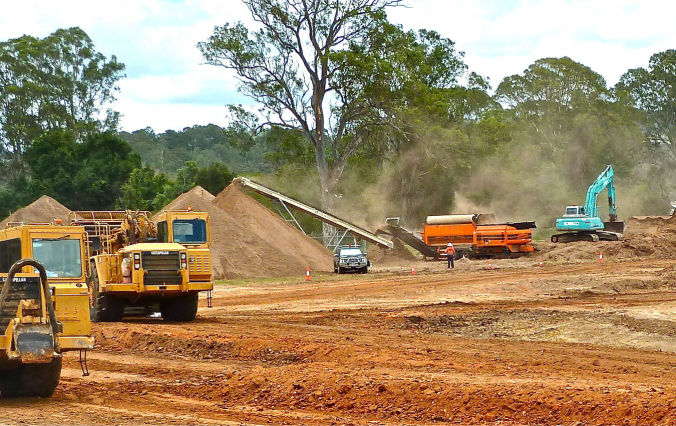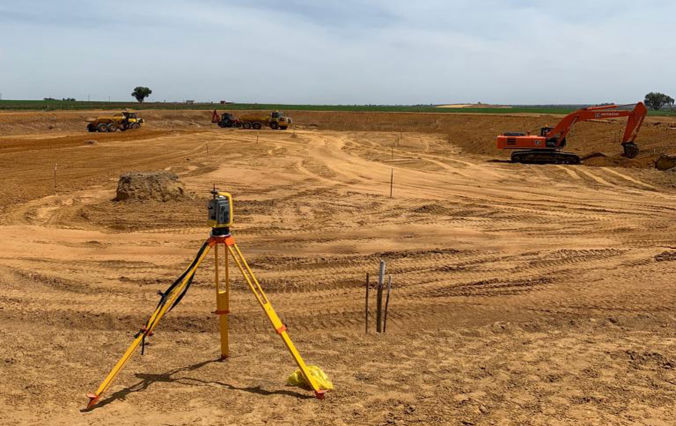
Chingola Refractory Ores
The Chingola refractory ore (CRO) refers to over 150 million tonnes of low-grade copper ores found on old dumps in the proximity of open pits around the town of Chingola in Zambia..
The hybrid leaching process can effectively leach the refractory cupriferous micas in the CRO under ambient conditions.
Agglomeration, acid curing and column leaching of the CRO enhanced overall copper dissolution to 60%.


